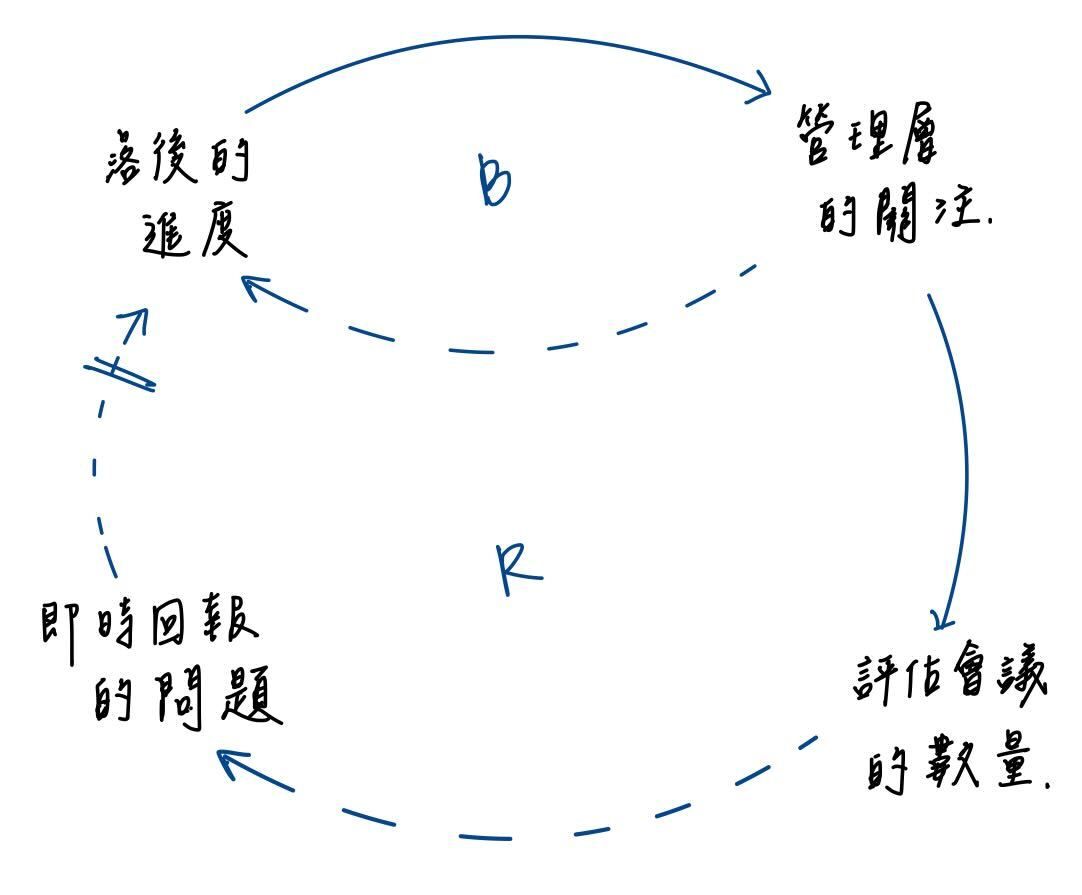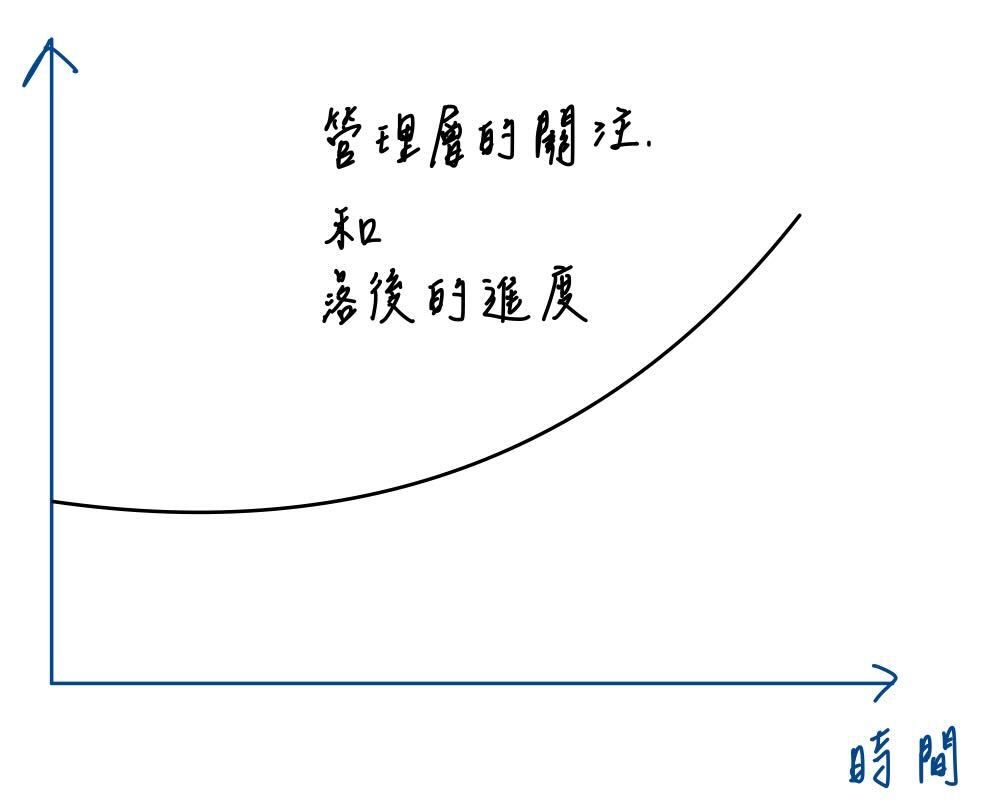Self-defeating DevWare Corp.

The management of many companies spends a lot of energy on "quick fixes". for example:
If sales are not as good as expected, then we try to stimulate consumers to buy;
If the output is too low, then we let the responsible department find ways to improve the production performance;
If earnings underperform, we try to drive down costs.
We may feel complacent about our ability to act quickly and improve the situation quickly, however, in many cases the problem quickly resurfaces or even gets worse, leaving us feeling like we were “stabbed in the back by our solution” ”, what is the cause of the problem? What went wrong?
Let's first look at the case of DevWare Corp., a hardware development company.
DevWare faces an all too common situation: Well-intentioned actions by management that have the exact opposite of what was expected.
One day, product development project manager Toby noticed an unusually high number of products behind schedule, knowing that if this continued, the team would not be able to launch new products on time. Toby believes that this happens because engineers lack strict oversight and must evaluate at various stages to gain information on which parts of production are behind schedule.
Of course, when Toby pays special attention to the problem, the backward parts will quickly make up progress, but after a while, the problem will reoccur, and when Toby deals with the problem again, the problem will also be solved, but not It will be as fast as the first effect. As Toby pays more attention to this problem, the problem becomes worse and worse. What part went wrong?
Toby confirms the current state of the product through "requesting more evaluation meetings" in order to solve the problem (see Figure (1).(2) "Problems of Evaluation Meetings"), but these meetings deprive engineers of what they can really use for development time to product, so rather than escalating the problem as soon as it occurs, it is better to figure out the solution internally, which means that other engineers will know later than originally what changes have affected the stage of the product they are responsible for (see Figure (1) "R loop"), and as more and more engineers delay the disclosure of information, more and more products are behind schedule - this situation reinforces Toby's belief that he needs to "help" engineers Assuming that both Toby and the engineers had inadvertently created a result that neither of them wanted - the continued deterioration of the situation behind schedule.


In a cause-and-effect diagram, delineating the consequences of all actions that may be intentional or unintentional can help us predict or deal with problems before they occur.
In this case, the high-leverage solution for Toby was very different from the "assessment meeting" he had previously practiced. For example, if Toby encouraged engineers to report problems immediately, and promised not to "punish" them with more meetings, engineers would be more than happy to report problems more immediately. In this way, the number of behind schedules will be drastically reduced. (However, this result presupposes that the deteriorating problem has already occurred. This "worsening before improving" situation is a classic example of a complex system where, again, "delay" is the culprit.)
As you can see in this case, everything is interconnected and connected. No matter how small we define a system in scope, the system seems to ignore our assumptions and is connected to all relevant variables. Therefore, in addition to the consequences we intentionally cause, our actions can also cause many unintended consequences. Of course, the question is not about whether our actions have unintended consequences, but what kind of consequences it will have and how much it will affect the system. Unintended consequences that help us predict or deal with problems before they occur.
Source: Introduction to Systems Thinking - The Systems Thinker
Want to learn more about systems thinking?
The Omplexity consultant team designed the course of the live online video class in response to the challenge of distance The efficiency of agitation and even strategy discussions! You will experience these methods in practice, learn the theory behind them, practice in groups and get individual feedback through group project-based learning.
Like my work? Don't forget to support and clap, let me know that you are with me on the road of creation. Keep this enthusiasm together!

- Author
- More